
Photographer Camilo José Vergara writes for LightBox about his photographs of the World Trade Center taken over the past 41 years.
For more than four decades, Camilo José Vergara has photographed the poorest and most segregated communities in urban America. From California and the Midwest to Detroit, Newark and New York, Vergara has become a documentarian of decline, capturing cities as they change and decay, (and sometimes bounce back) and using photography as a way to understand and appreciate the spirit of those places. Vergara tends to shoot from a variety of elevated vantage points which provide his photographs with different levels and angles, forming a dense web of images that record neighborhoods as they change over time. Forty-one years ago, Vergara began photographing the World Trade Center’s Twin Towers. They became both a focal point and a backdrop in his photographs for years. After they were gone, Vergara returned to many of the places from where he had photographed the Towers years ago. Within his images, the Towers’ absence speaks perhaps even more powerfully than their presence.
New York City is an ideal place to work. I can photograph neighborhoods from various viewpoints. Foremost among these elevated spots are the high-rise buildings of the New York City Housing Authority, the elevated rail tracks and subway stations, and even the roof of any car I’m using. This gives my photographs different levels and angles, forming a dense web of images that record neighborhoods as they change over time.
I was immediately attracted to the World Trade Center’s Twin Towers in 1970 because they were so big and so American. At the time, I was a recent arrival in the city having been raised in the provincial town of Rengo, Chile, whose modest number of inhabitants could have easily fit inside just one of the Towers. As the Vietnam War raged, the Twin Towers rose to become the tallest buildings in the world. At the time, I regarded them as a wild expression of hubris, arrogance and mistaken priorities, a point I emphasized by photographing them with homeless people in the foreground or in harsh sunlight, which turned them into blades of shinning steel. I followed their construction closely, watching the many heavy trucks bringing in steel or hauling away dirt amid the noise of drills and metal clanking. But as I moved farther away from these behemoths to photograph the inner cities, they seemed to lose their solidity in the distance and become mysterious, alluring shapes that hovered in the skyline over otherwise ordinary neighborhoods. I regularly photographed the Towers from places like the wildlife refuge in Jamaica Bay, Queens, and from struggling neighborhoods in the Bronx. I liked to see them in the background of my photos rising above the waterways, vegetation, junkyards, expressways, subways and tract houses that were in the foreground.
Driving north along the New Jersey Turnpike I used to catch sight of the Towers, a clear sign that home was near. From a distance, they were elegant silver slabs, larger than anything else on the horizon yet often smaller than the nearby smokestacks, bridges and church steeples in the foreground. Almost weightless, the Towers disappeared into the sky, their rectangular shapes barely visible among the spires of the older skyscrapers and the darker forms of the newer ones. Their simple geometric forms — symbols of order and progress — made for a strong presence in the skyline.
In their massiveness, the Twin Towers naturally dominated the Lower Manhattan skyline, which until then had been made up of many tall and slender skyscrapers in revival styles. Later, Battery Park City, erected on a landfill extracted from the Twin Towers’ foundations, came between the waterfront and the Towers. Gradually, the entire southern end of the island became bounded by a massive assemblage of these shiny new buildings. They brought new colors to the skyline — greens and blues in their tinted glass facades, and reds and yellows from the brickwork — but their bulky form gradually obscured the wonderful slivers of sky previously visible between the older skyscrapers.
I was unaware of the intensity of my interest in the Towers until they were destroyed on 9/11. Immediately after the attack, I photographed the posted portraits of those missing or unaccounted for, often with poignant notes attached requesting any information. Later I spent several months gathering together any images of mine that included the Twin Towers, using some of them for a memorial exhibition and a small book. My hope is that chronicling the buildings as part of metropolitan New York will help make them seen as they appeared to ordinary people and explain why they were so well liked.
I returned to many of the original sites from which I had photographed the Towers to record the same view with their absence in the skyline. Over time, in cities as far away as Richmond, California and Detroit, I even documented street murals depicting the Towers as local residents sought to express their solidarity with the people of New York.
In recent years I have continued to document New York’s neighborhoods while capturing the city’s ever-changing skyline. Rebuilding has changed the look of the outer boroughs, where previously vacant lots are now often new houses and stores, and abandoned factories have been demolished to make way for parking lots and waterfront parks, or been transformed into lofts and apartment buildings.
Joining the best of the new with the best of the old is the silvery 76-story Eight Spruce Street building designed by Frank Gehry, which shines near the neo-gothic Woolworth Building, constructed in 1913. Contrasting with these jewels, One World Trade Center makes a powerful yet unsettling trust as it rises immediately to the north of the former Towers. During the past decade, Jersey City, too, has acquired its own distinctive skyline, including the tallest and the third tallest buildings in New Jersey.
Watching the WTC Towers being built, I never imagined that I would outlive them. Today, those tall silvery buildings that once anchored the southern end of Manhattan and indeed shaped the entire city skyline are gone. But the city, ever resilient, has survived 9/11 and now moves on.
Camilo José Vergara is a 2002 MacArthur fellow whose books include American Ruins and How the Other Half Worships You can see more of his photos on his Web site and can contact him at camilojosev@gmail.com.
The Twin Towers and the City: Photographs by Camilo José Vergara is on exhibition at The Museum of the City of New York from September 3 through December 4, 2011.
To visit TIME’s Beyond 9/11: A Portrait of Resilience, a project that chronicles 9/11 and its aftermath, click here.
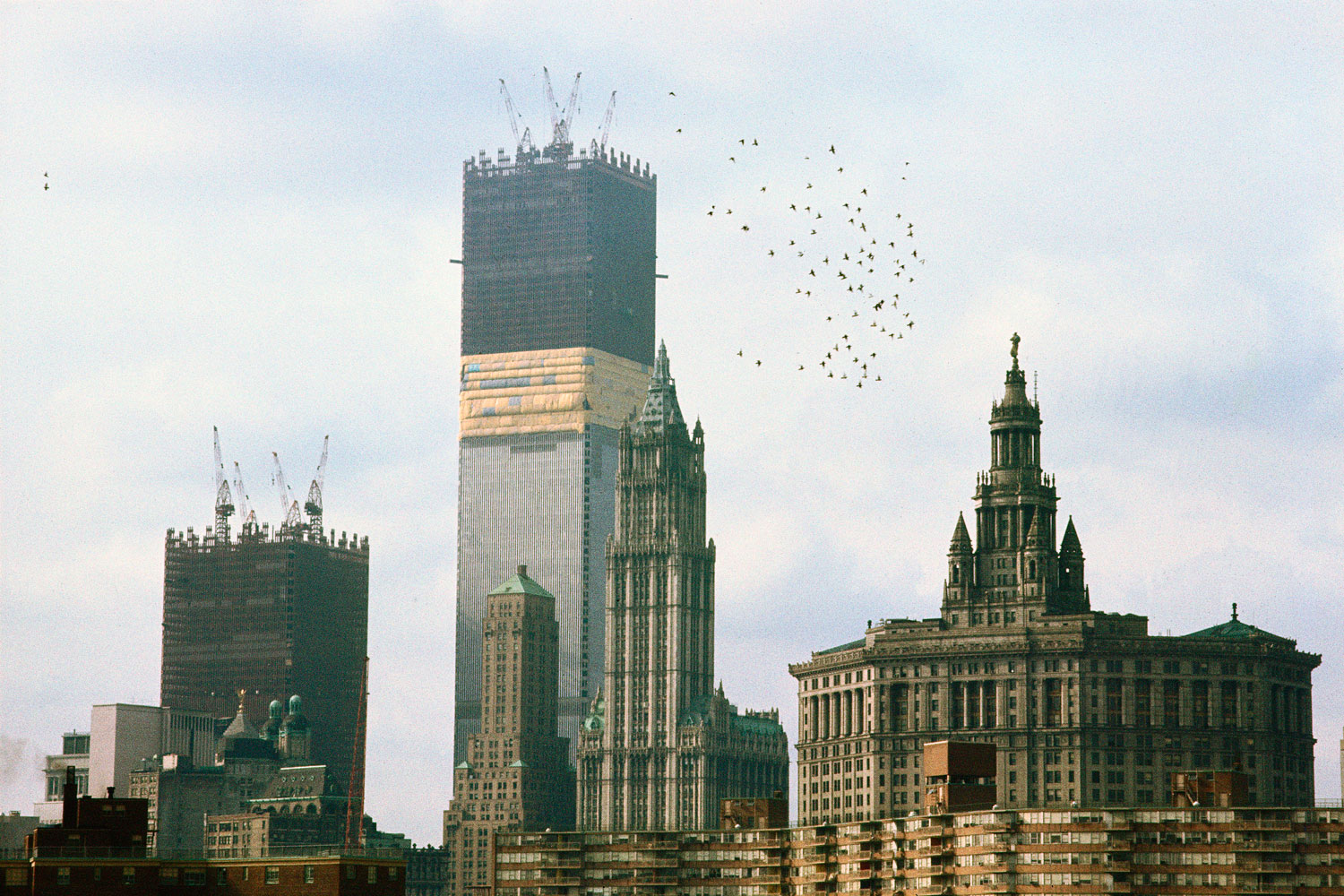
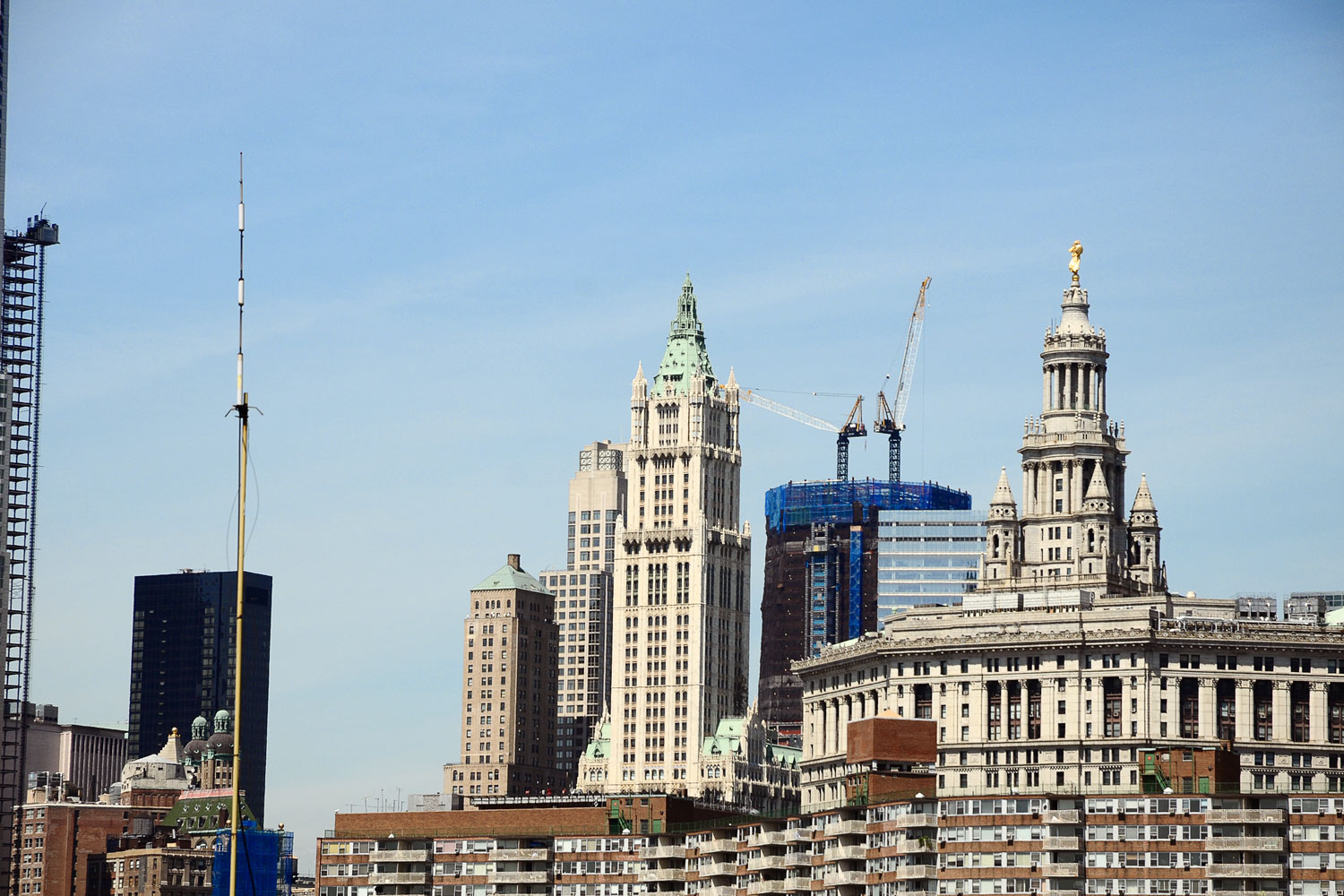
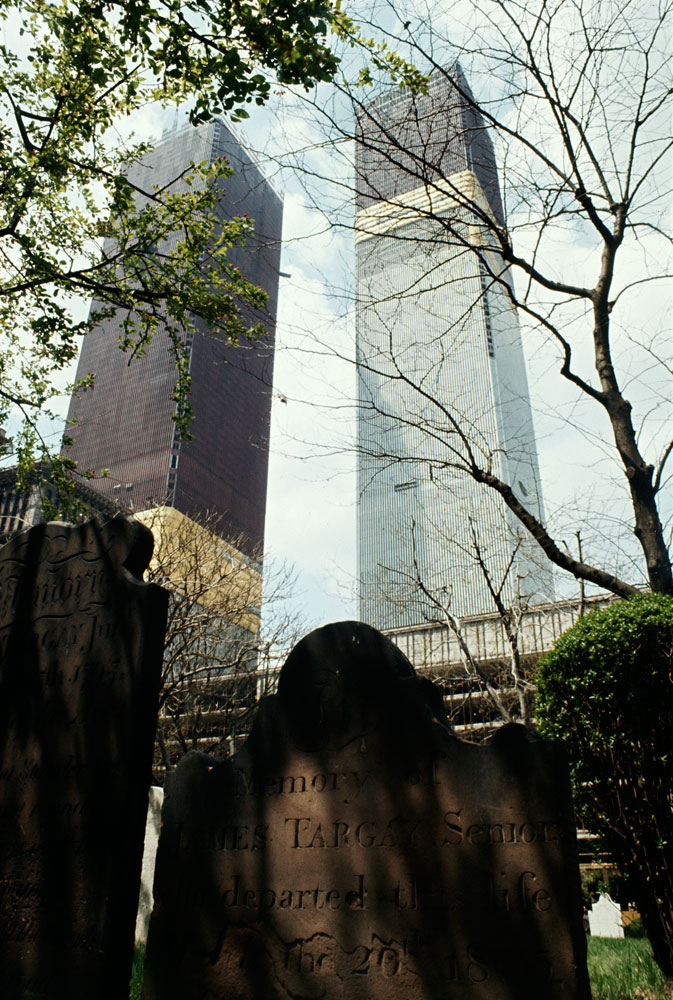

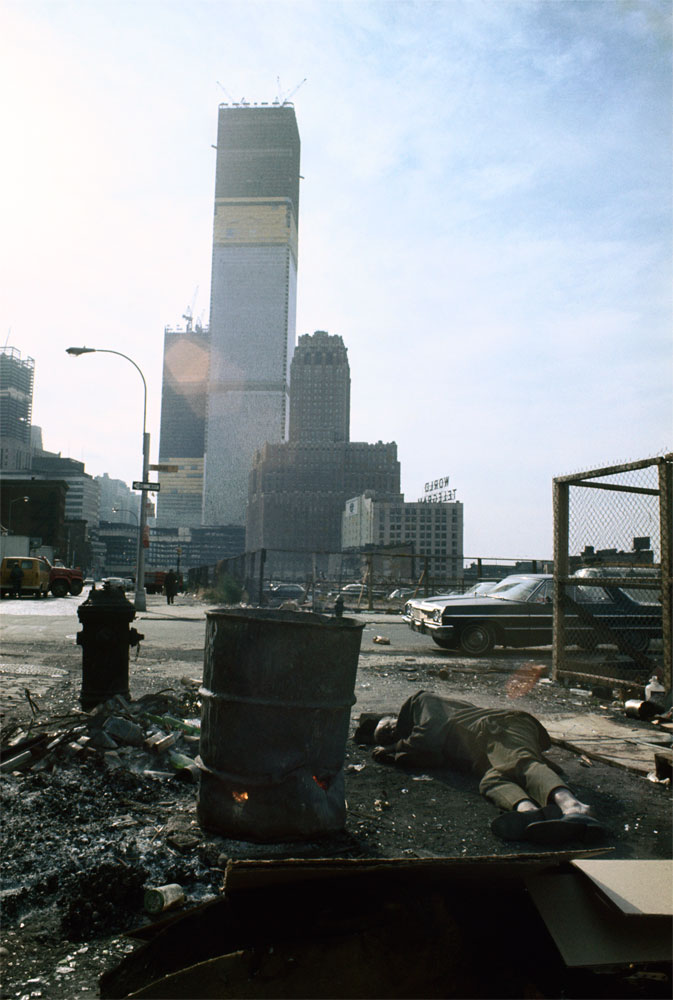
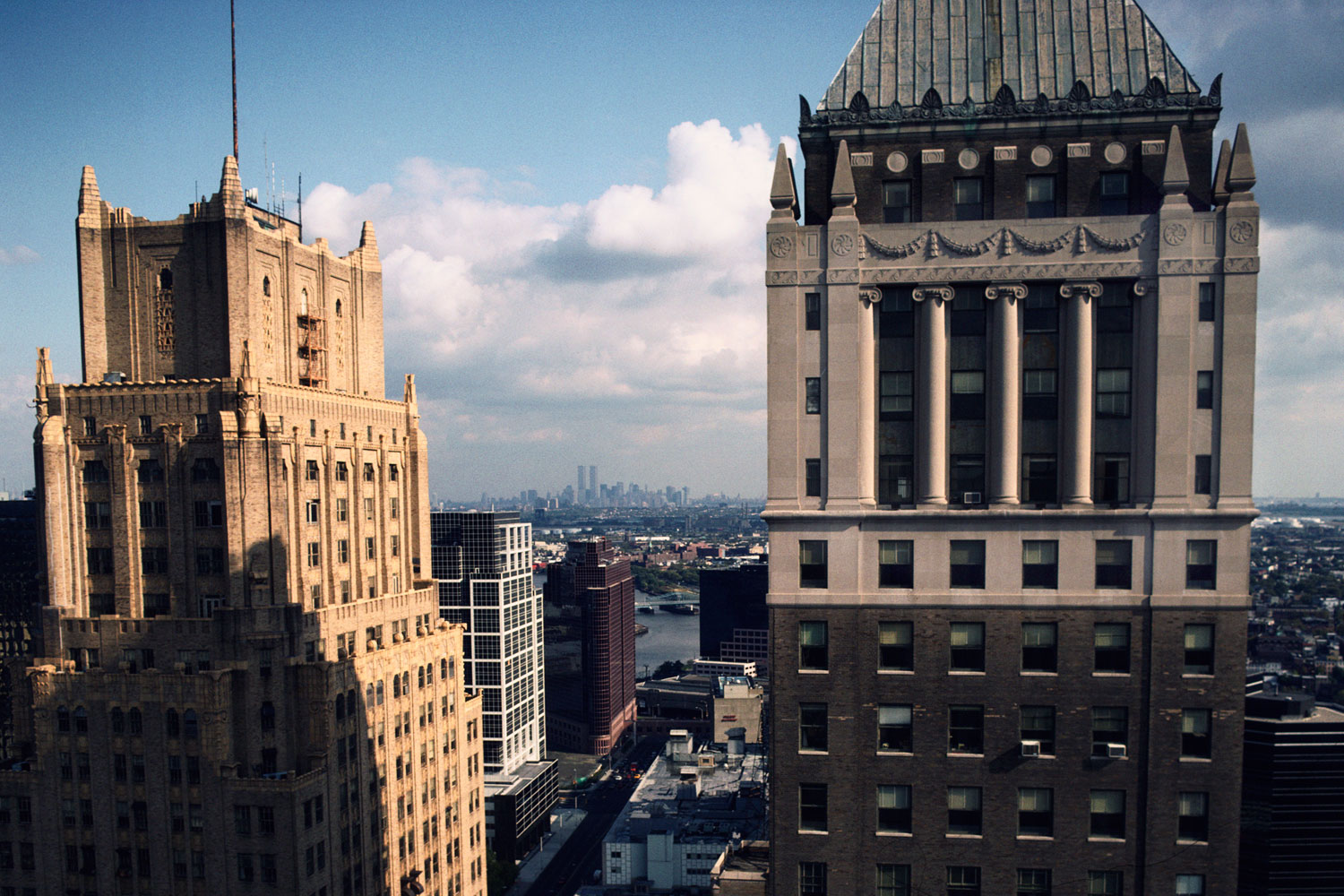
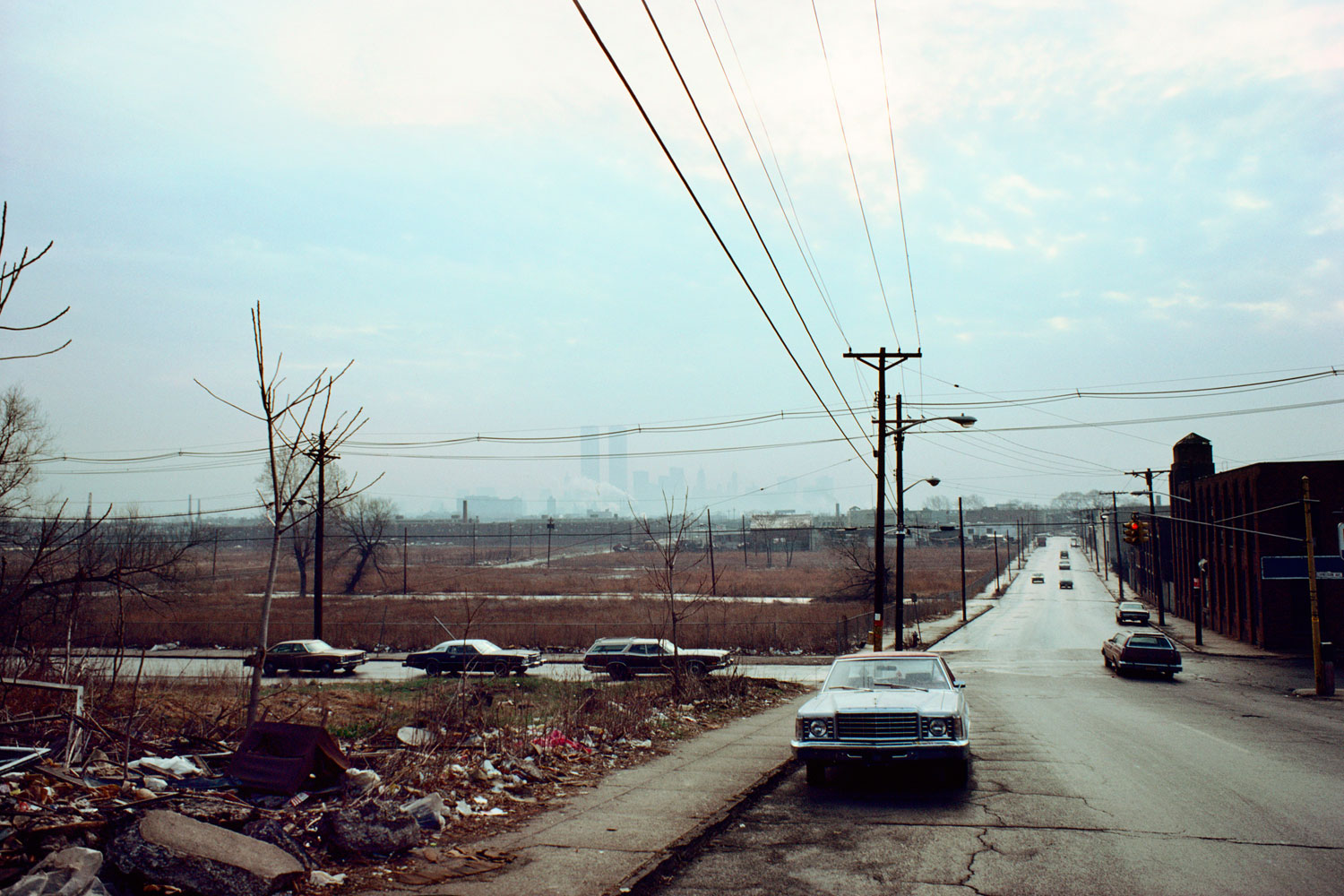


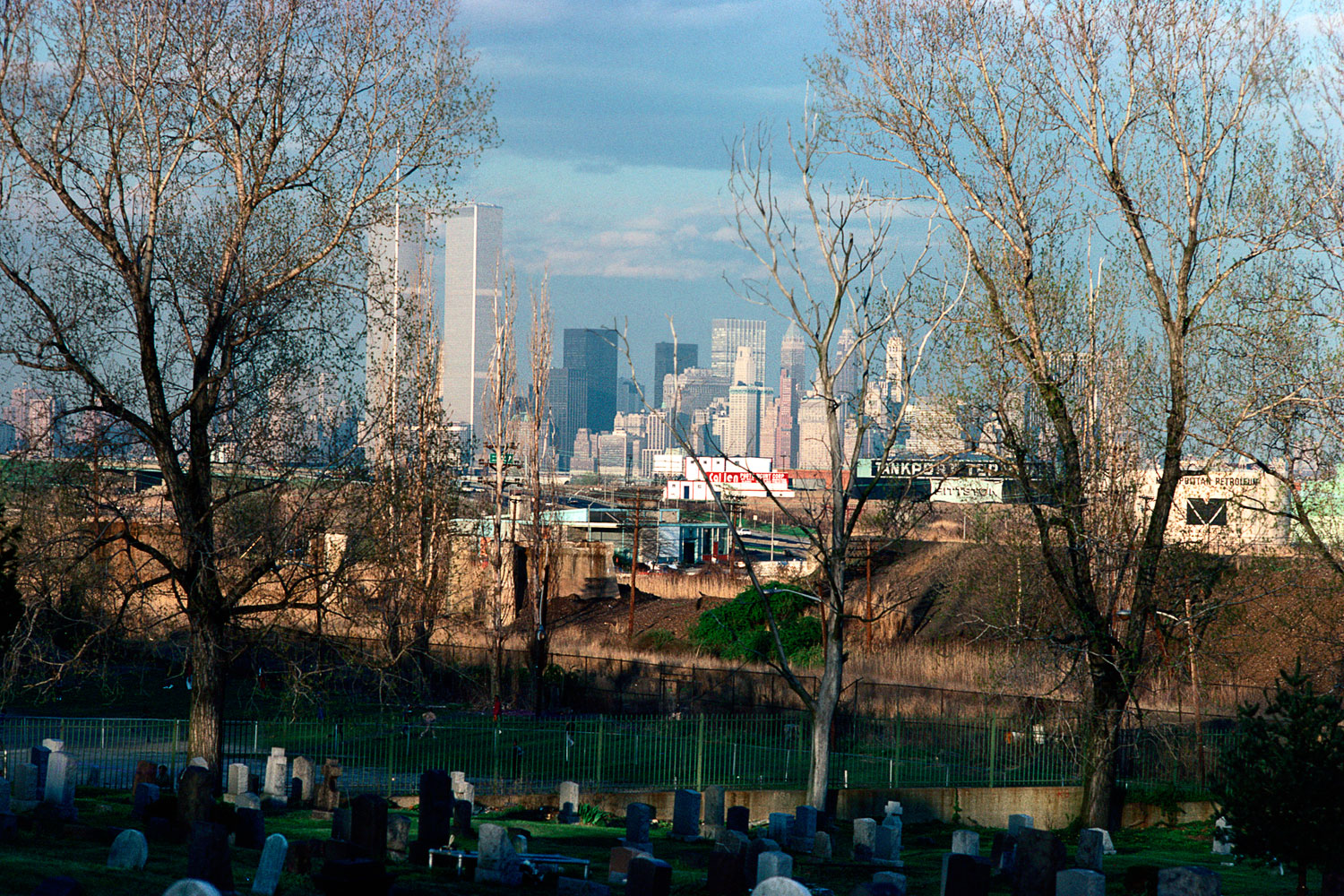
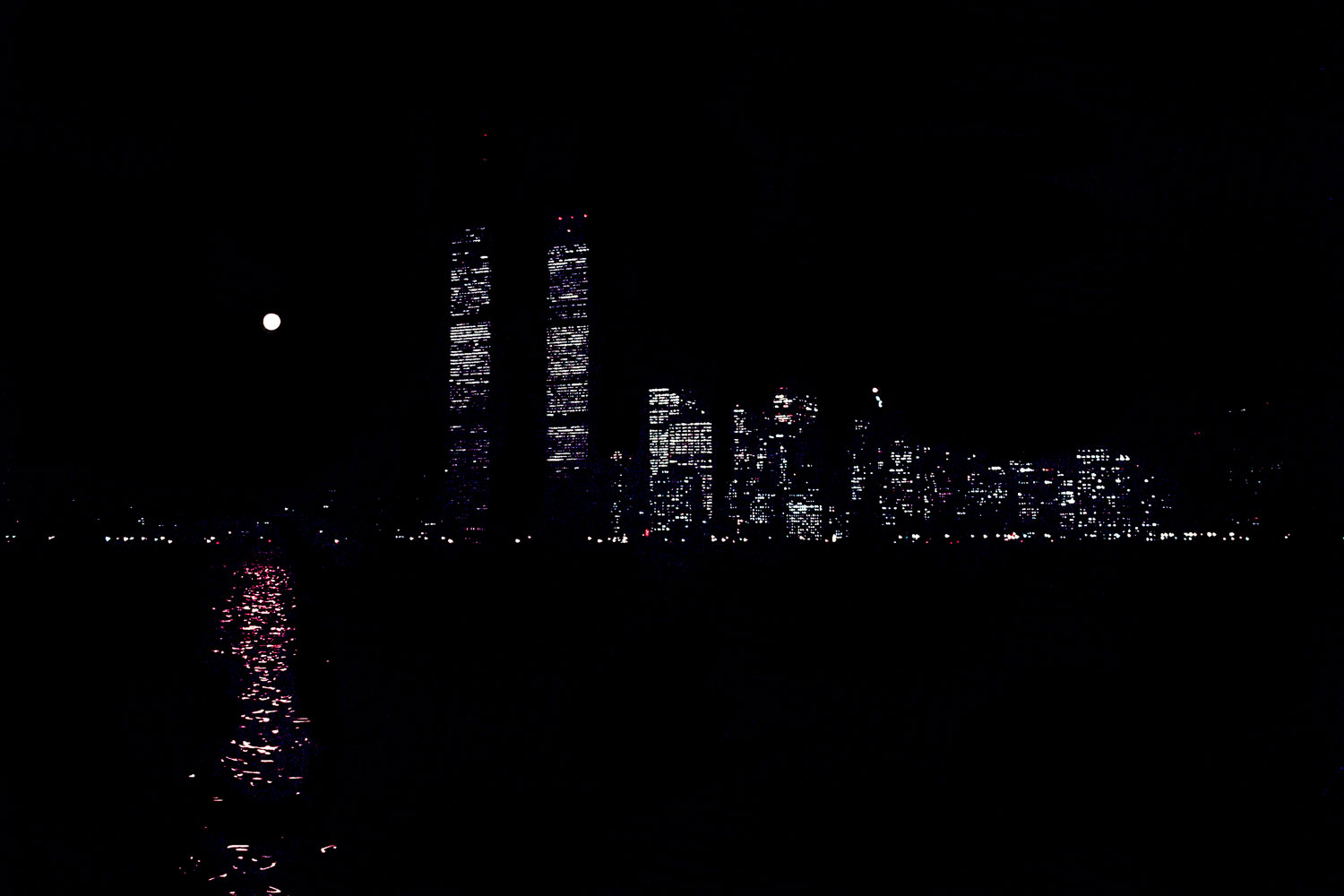
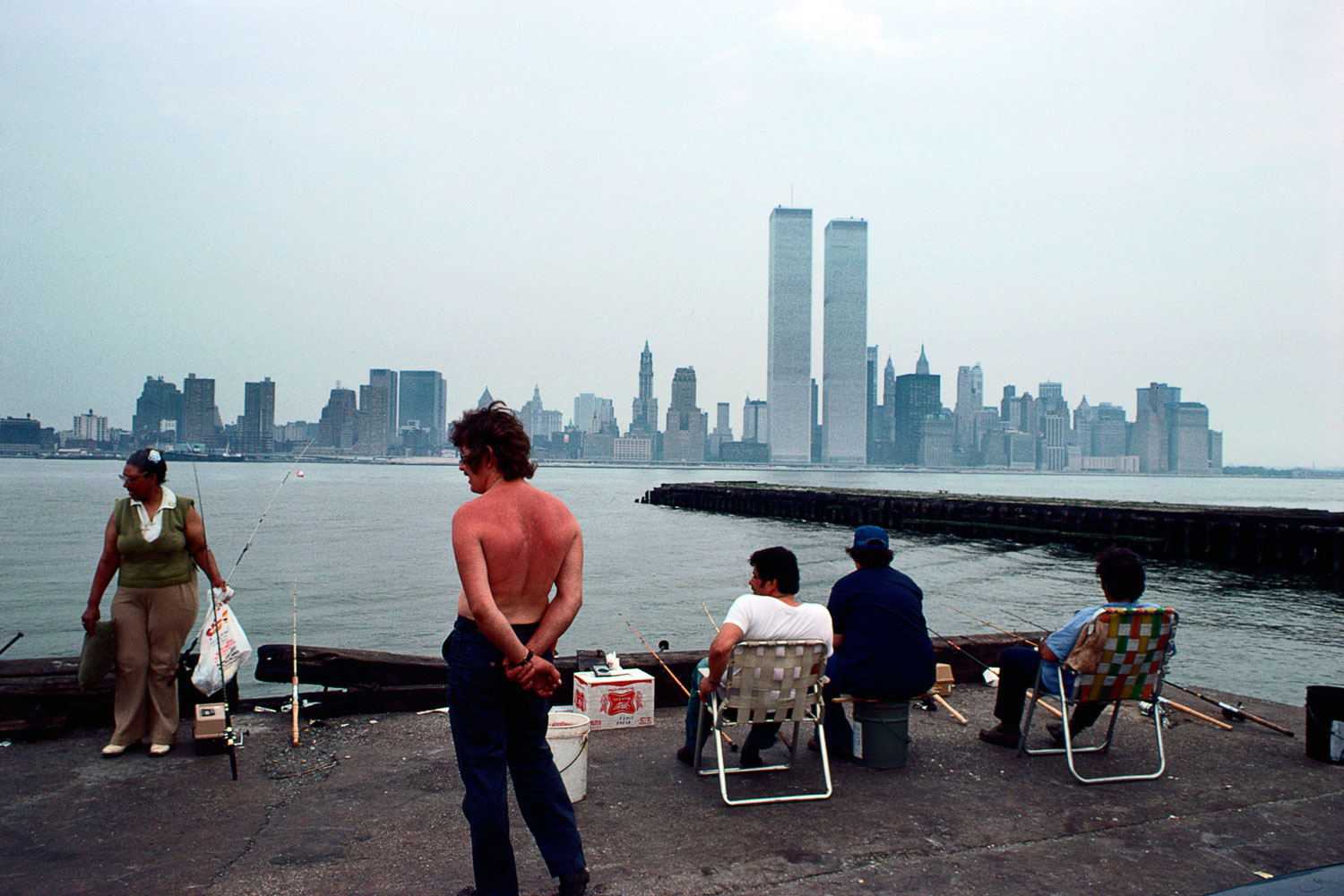

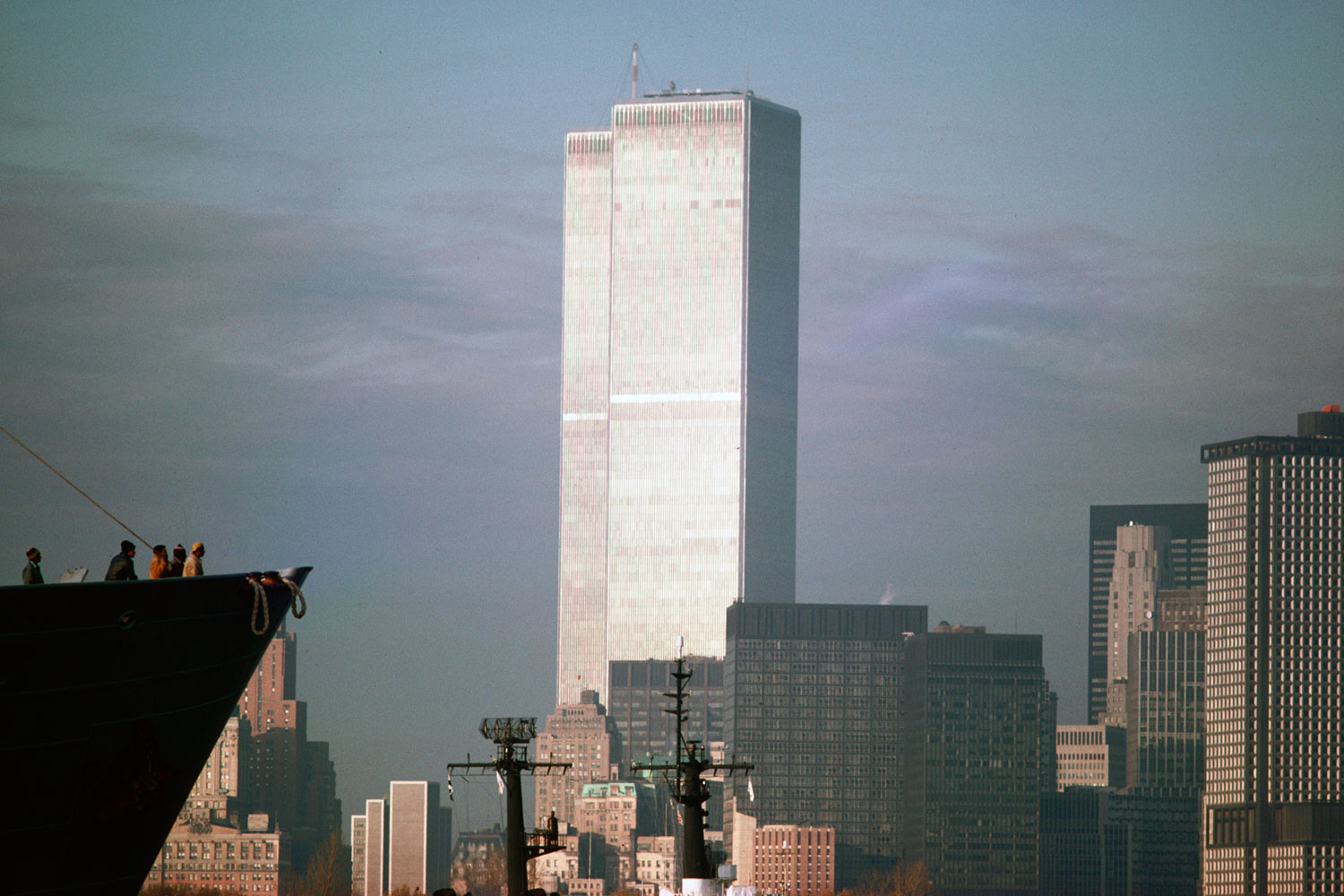

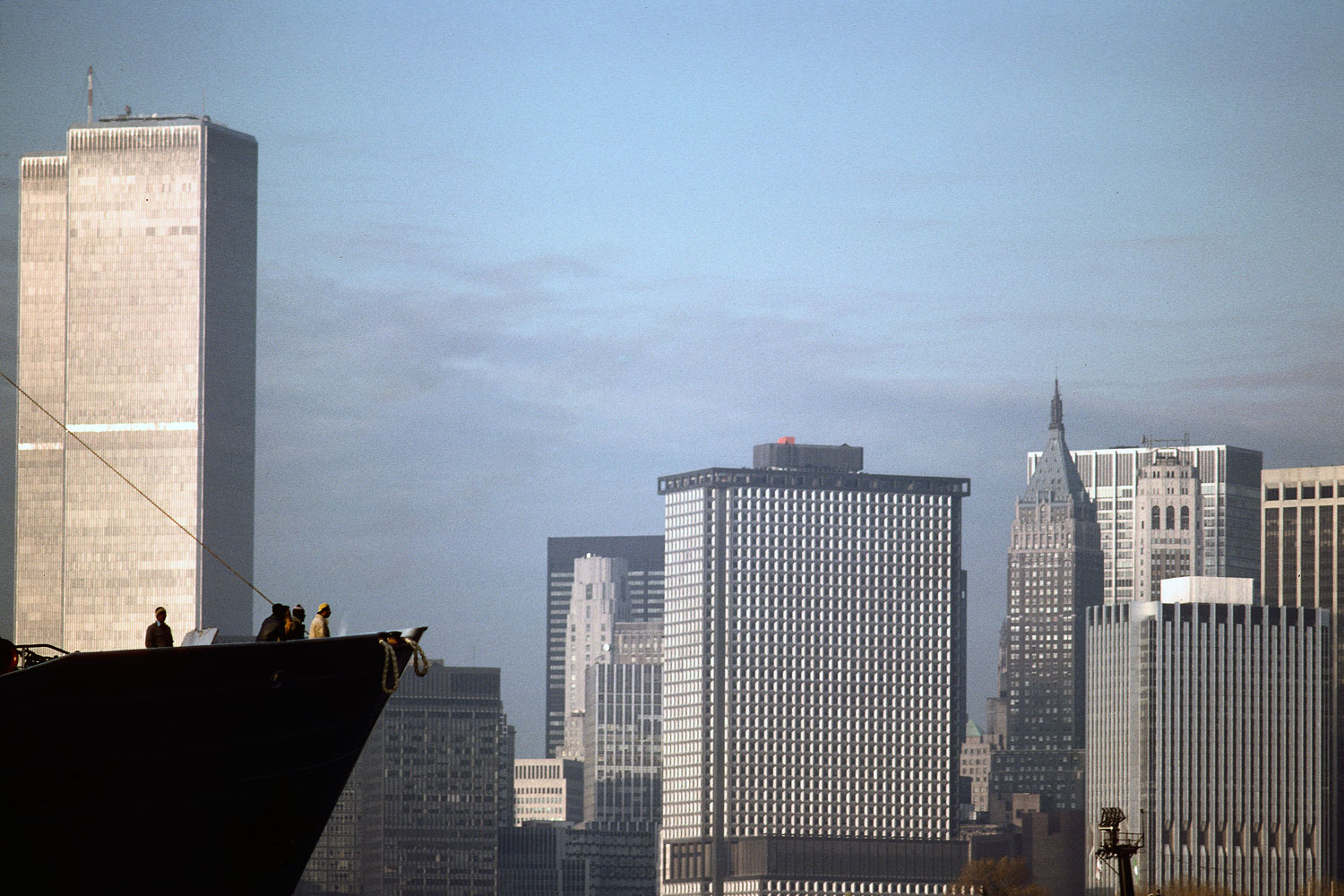
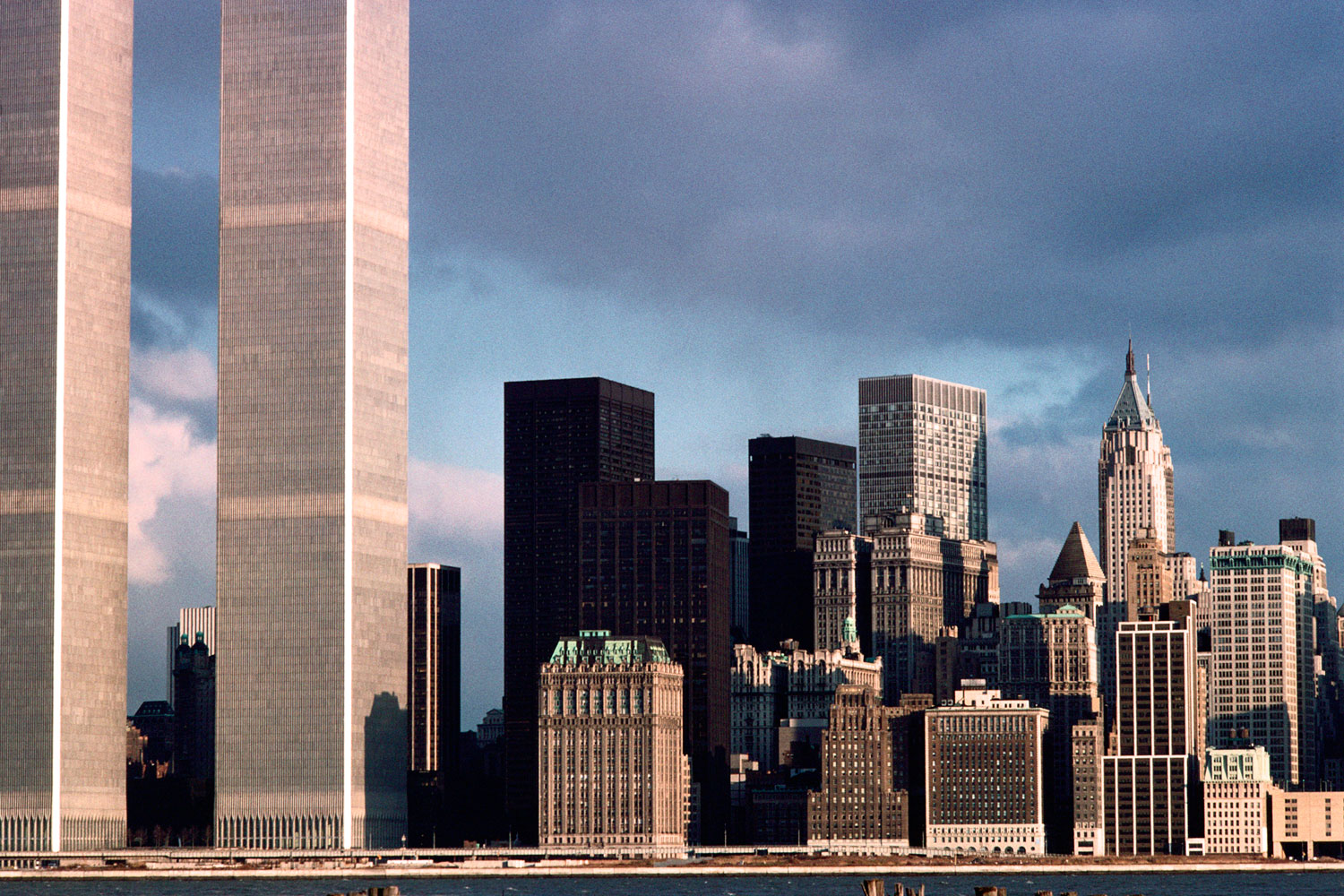
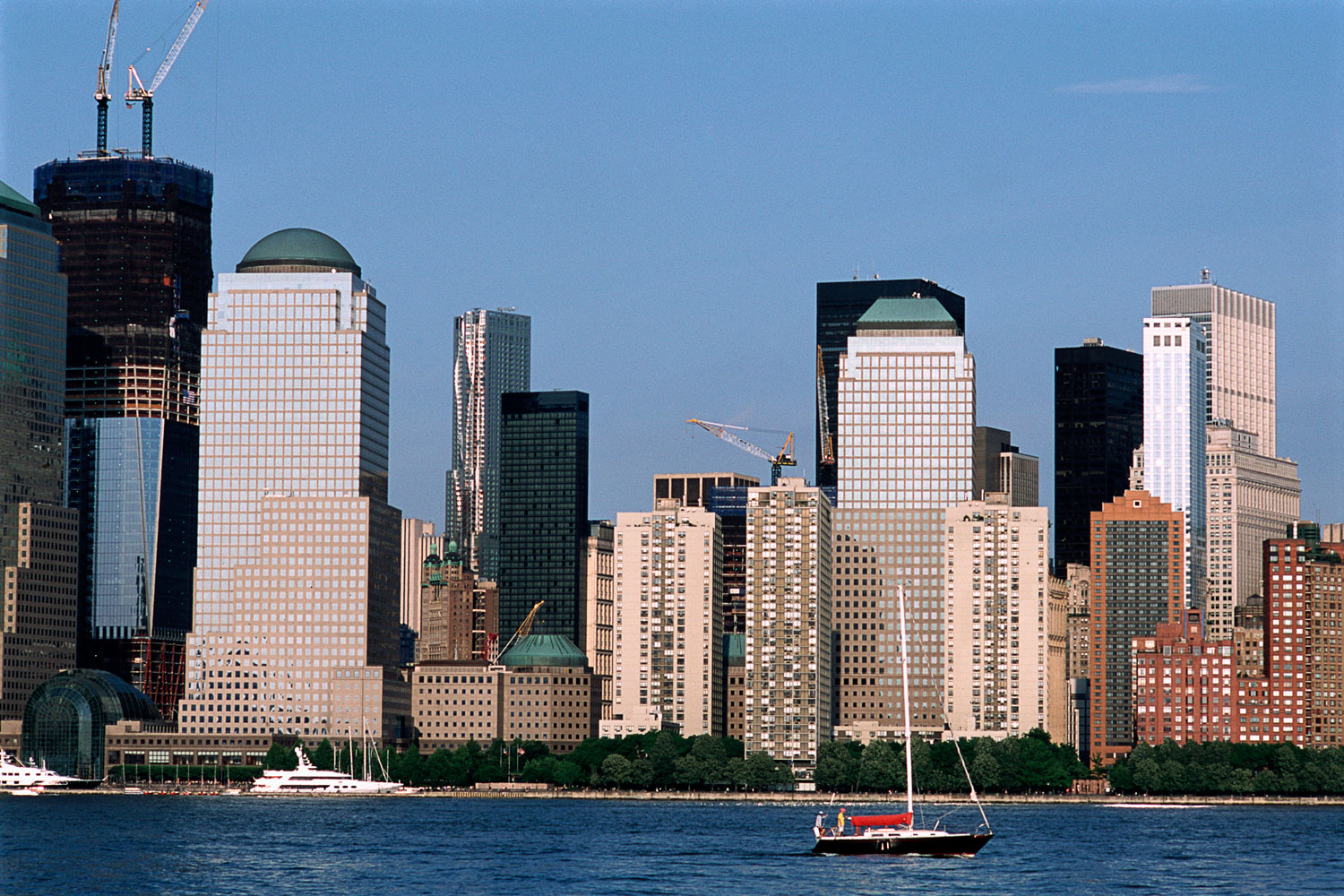
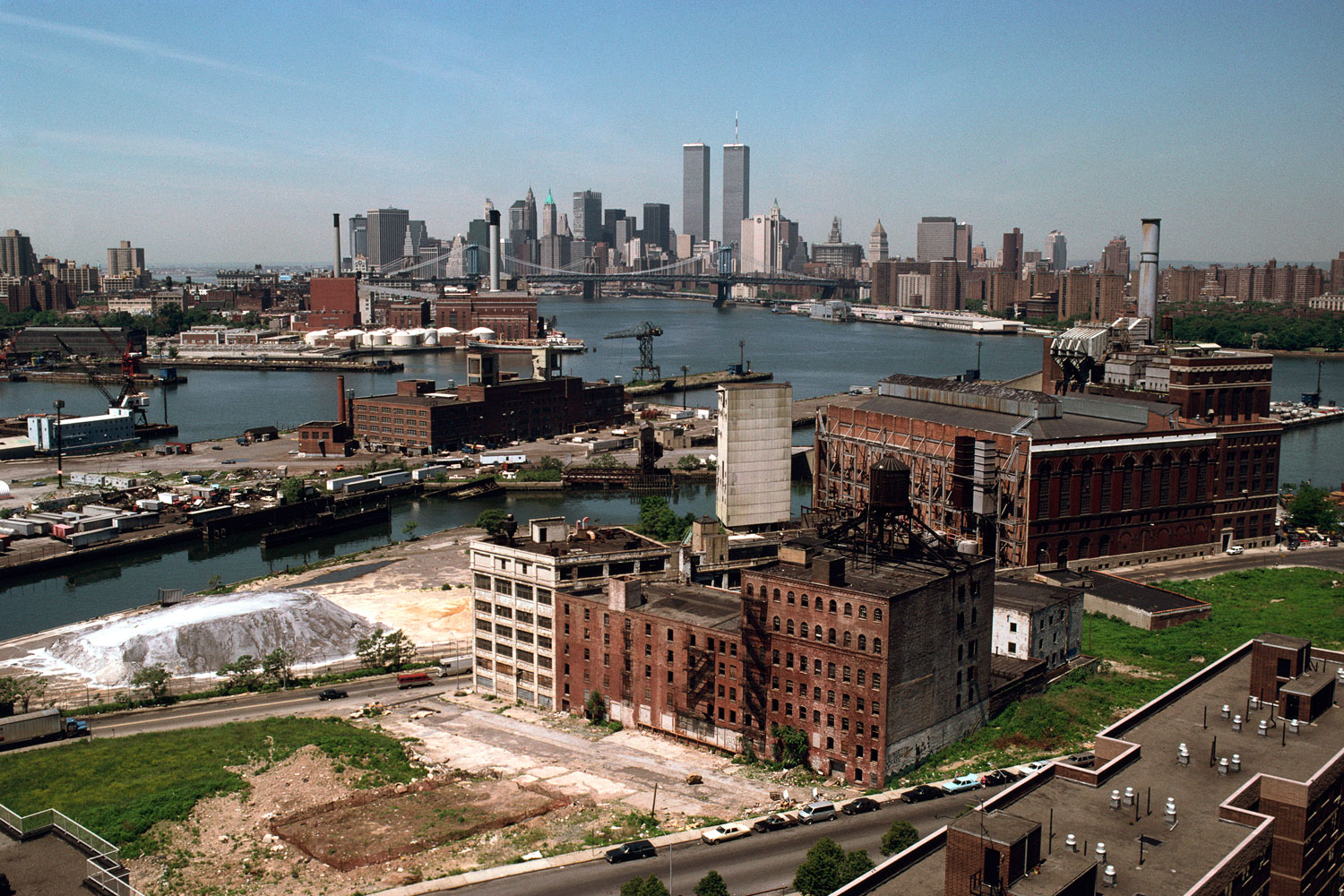


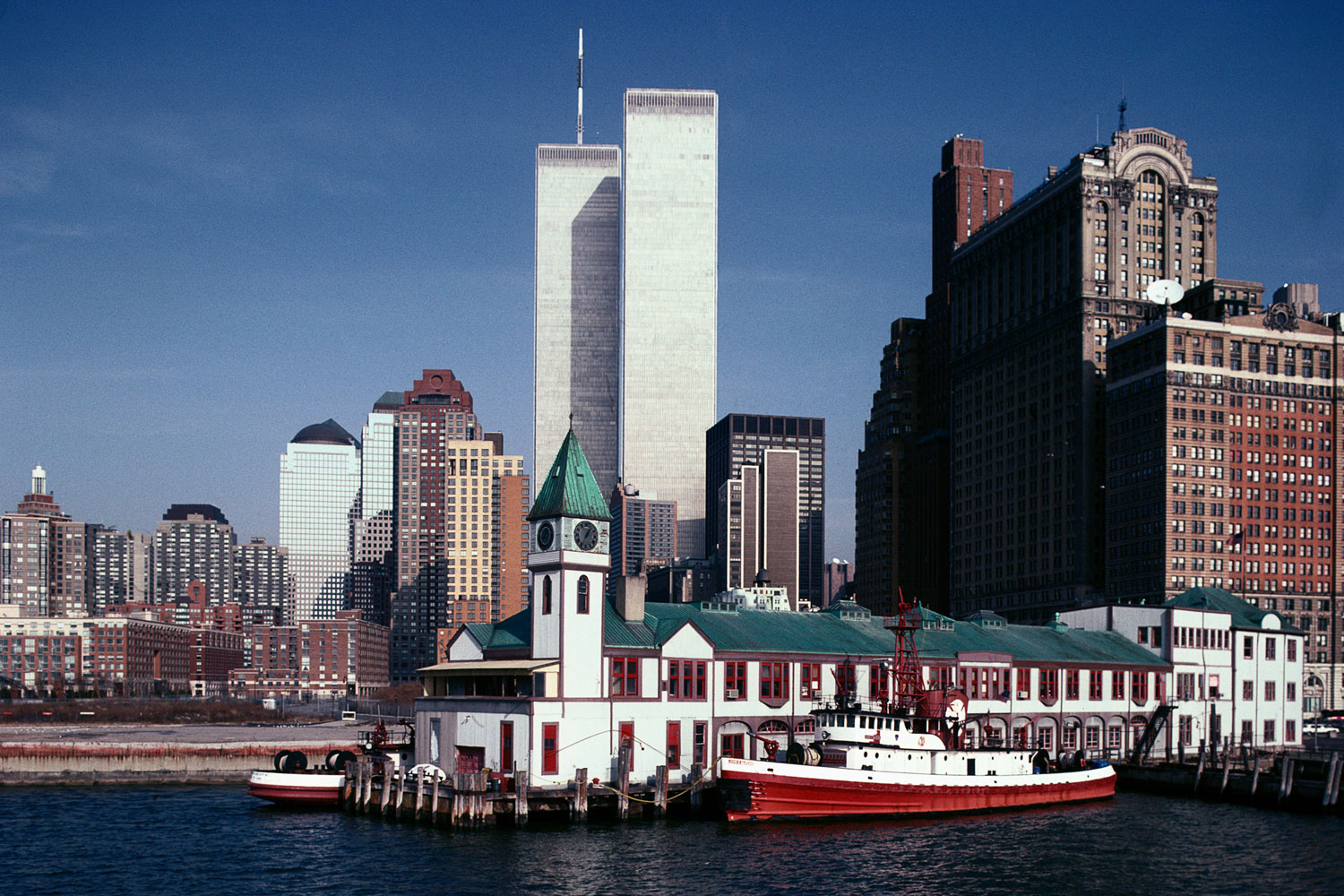
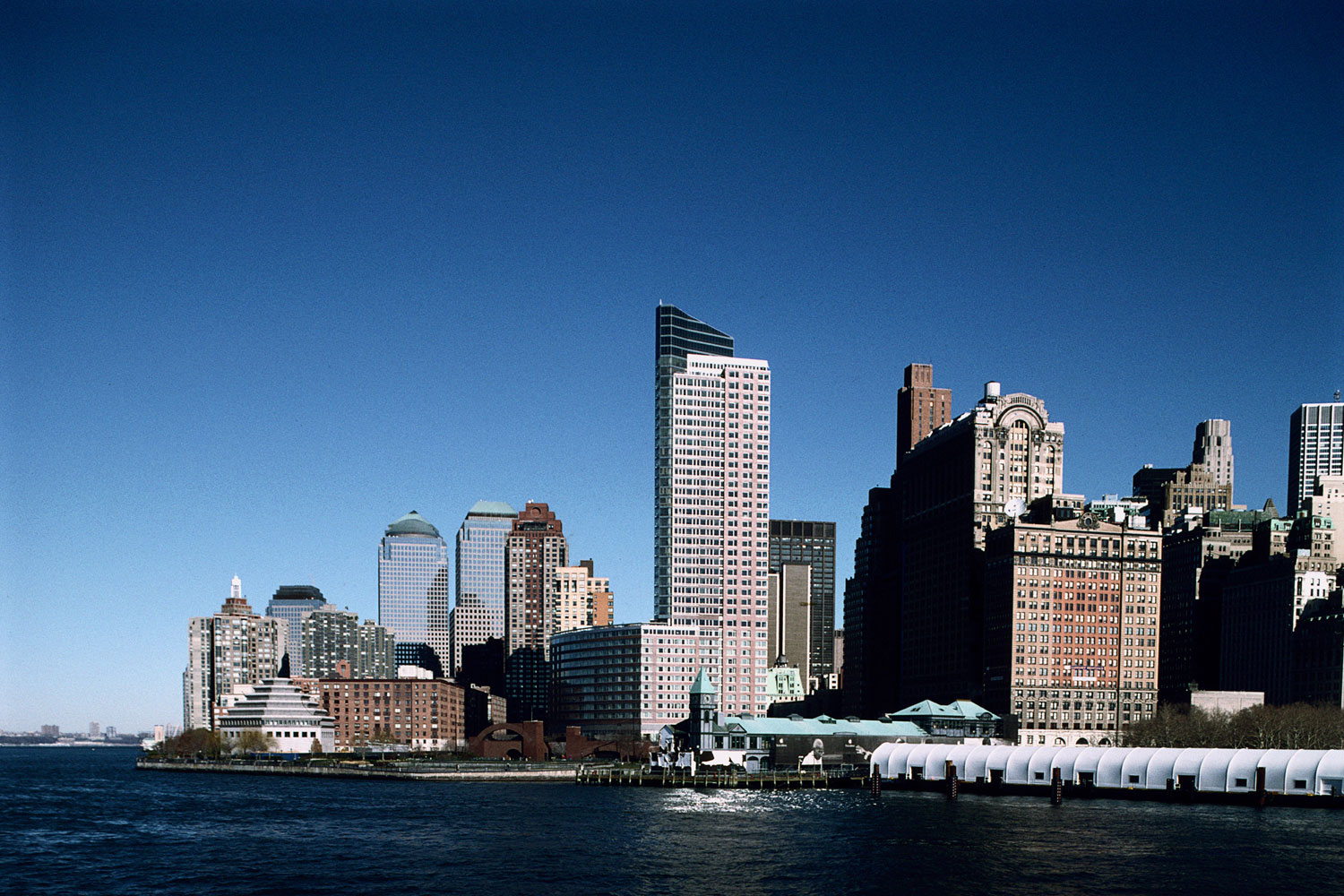
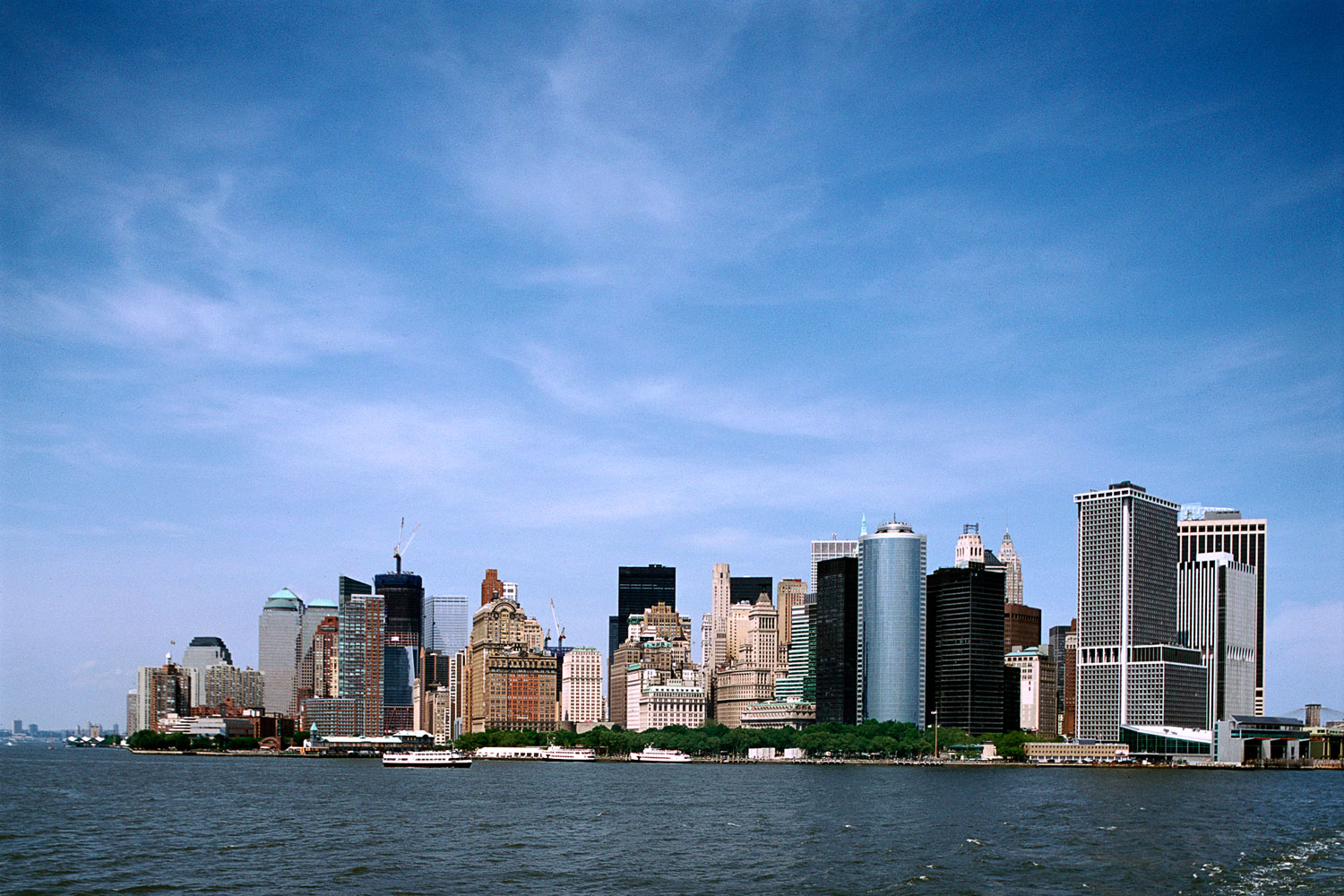
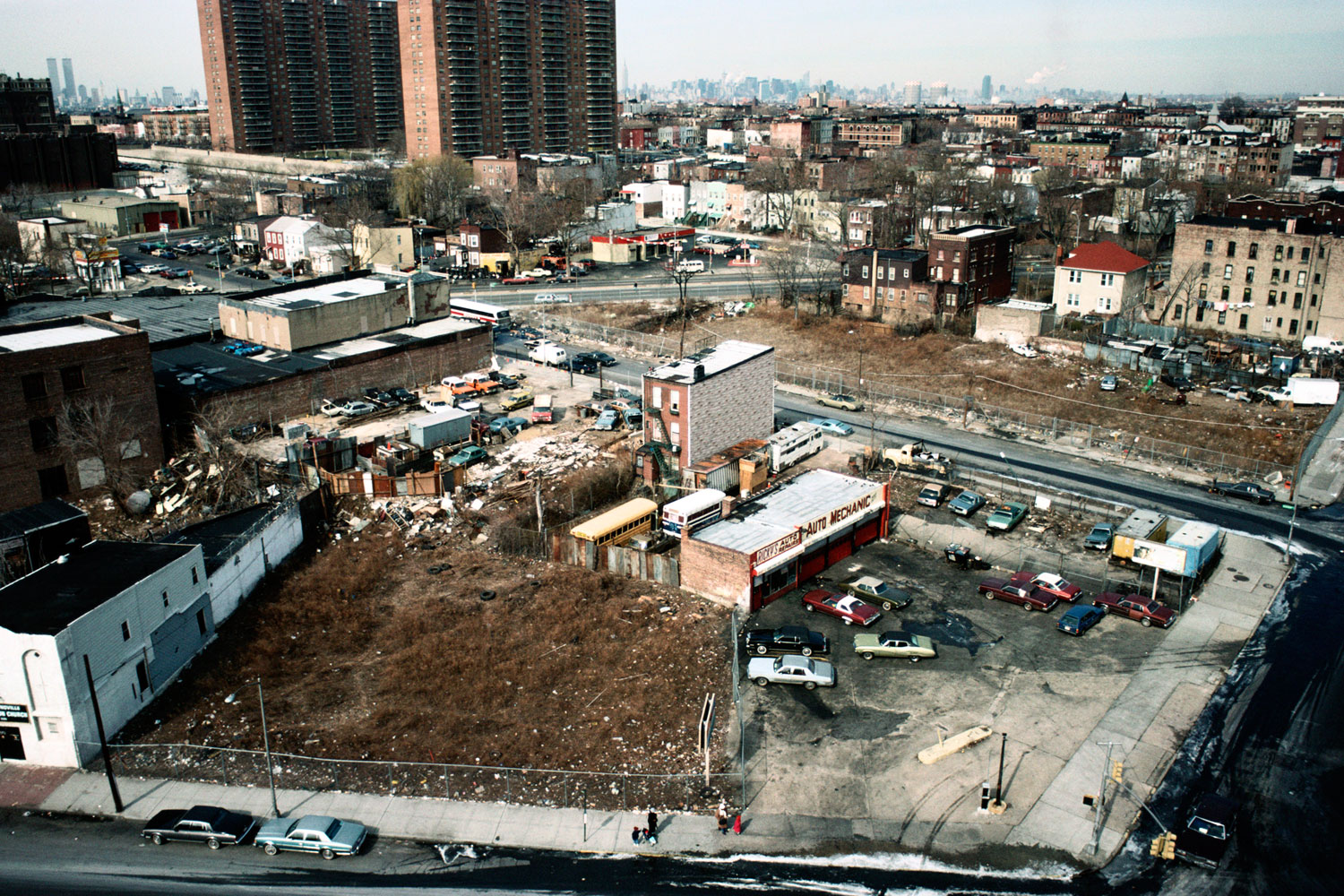


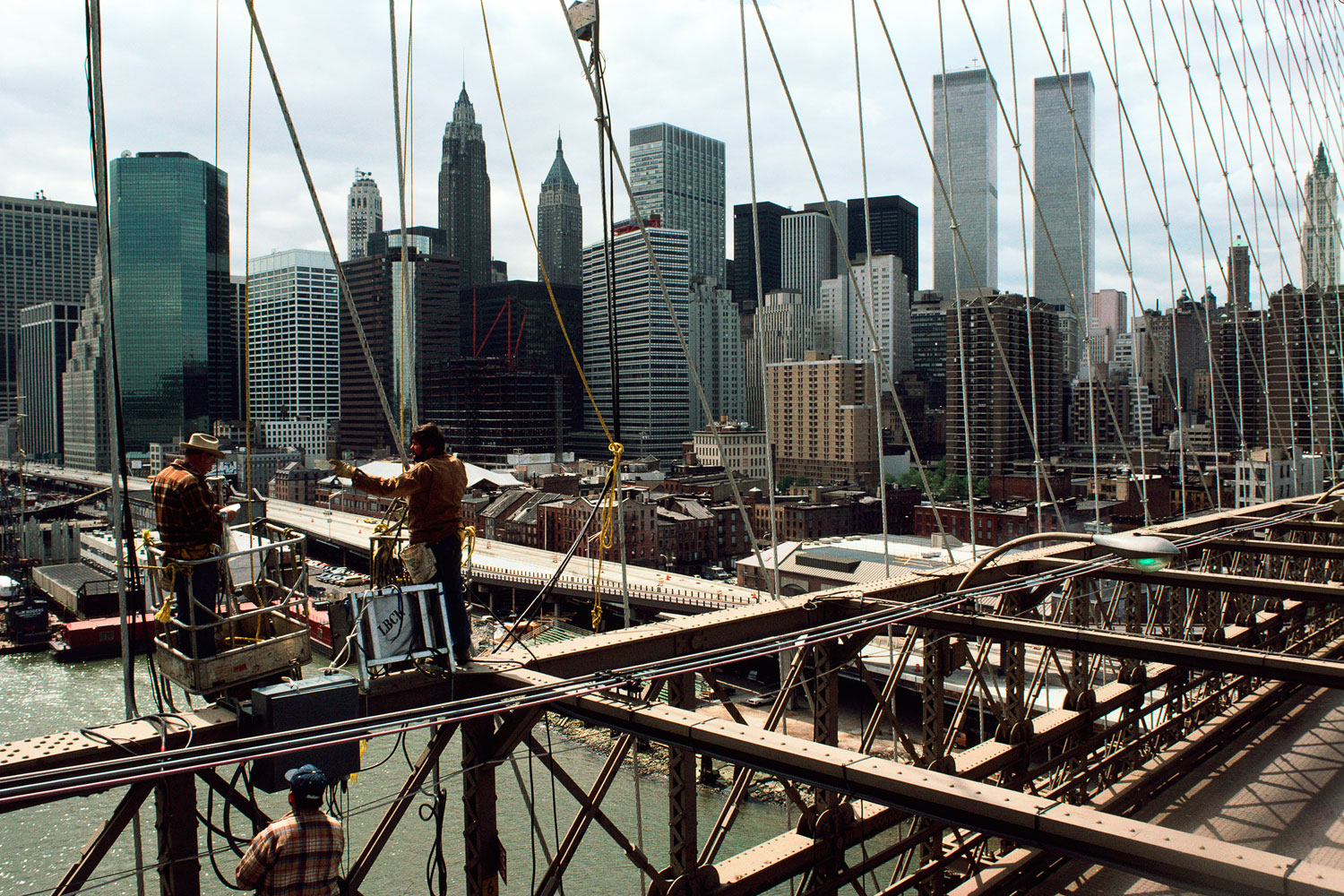
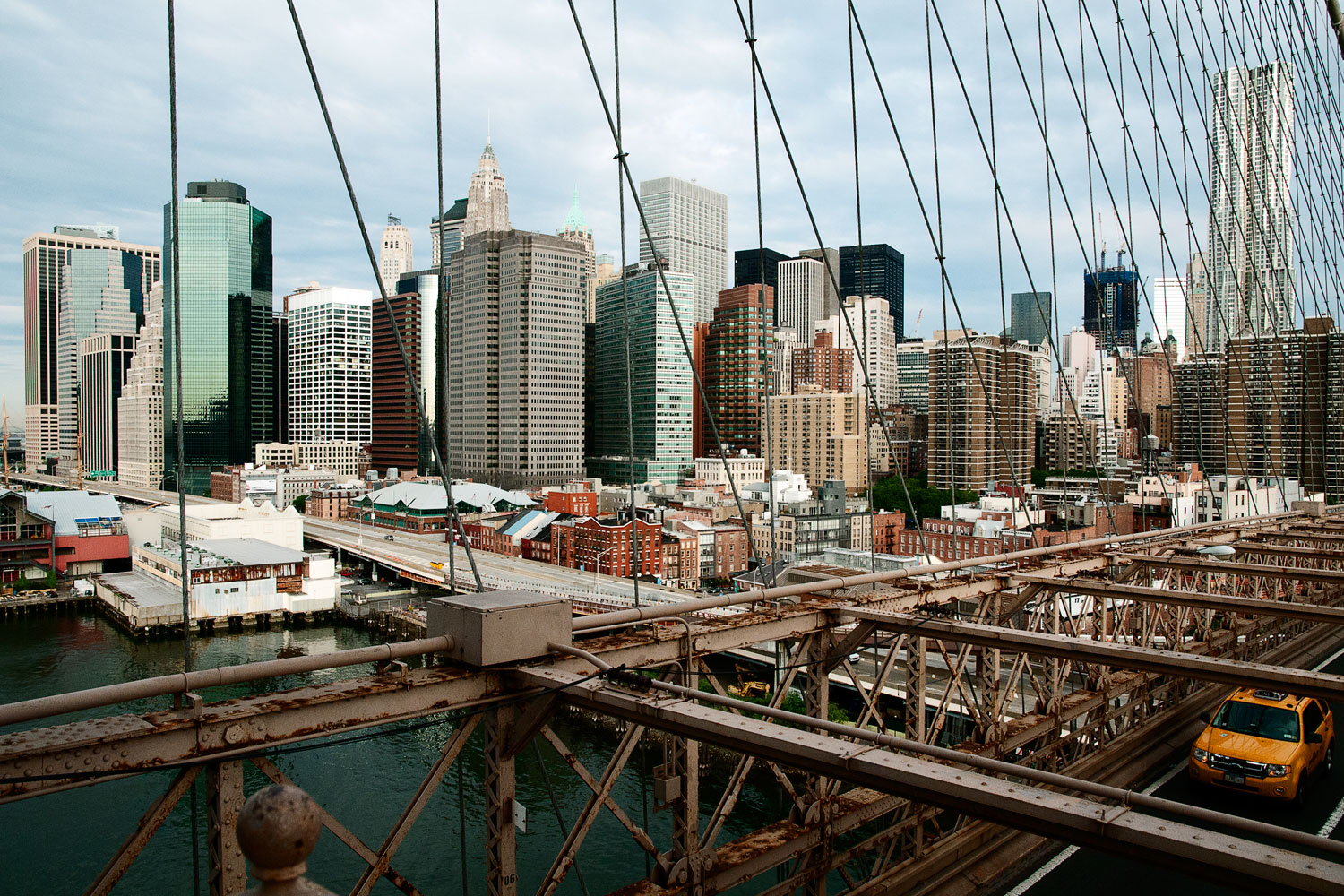
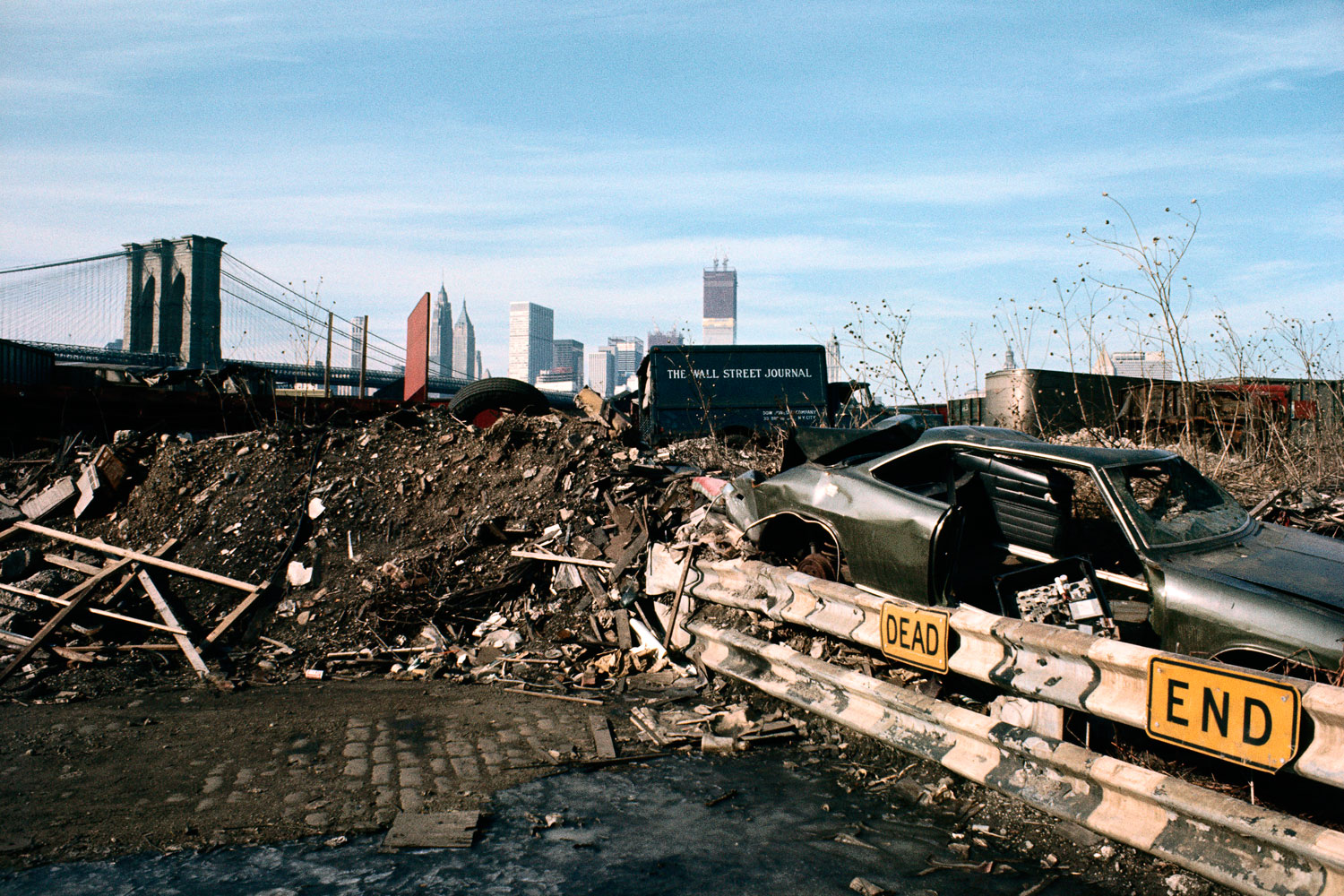
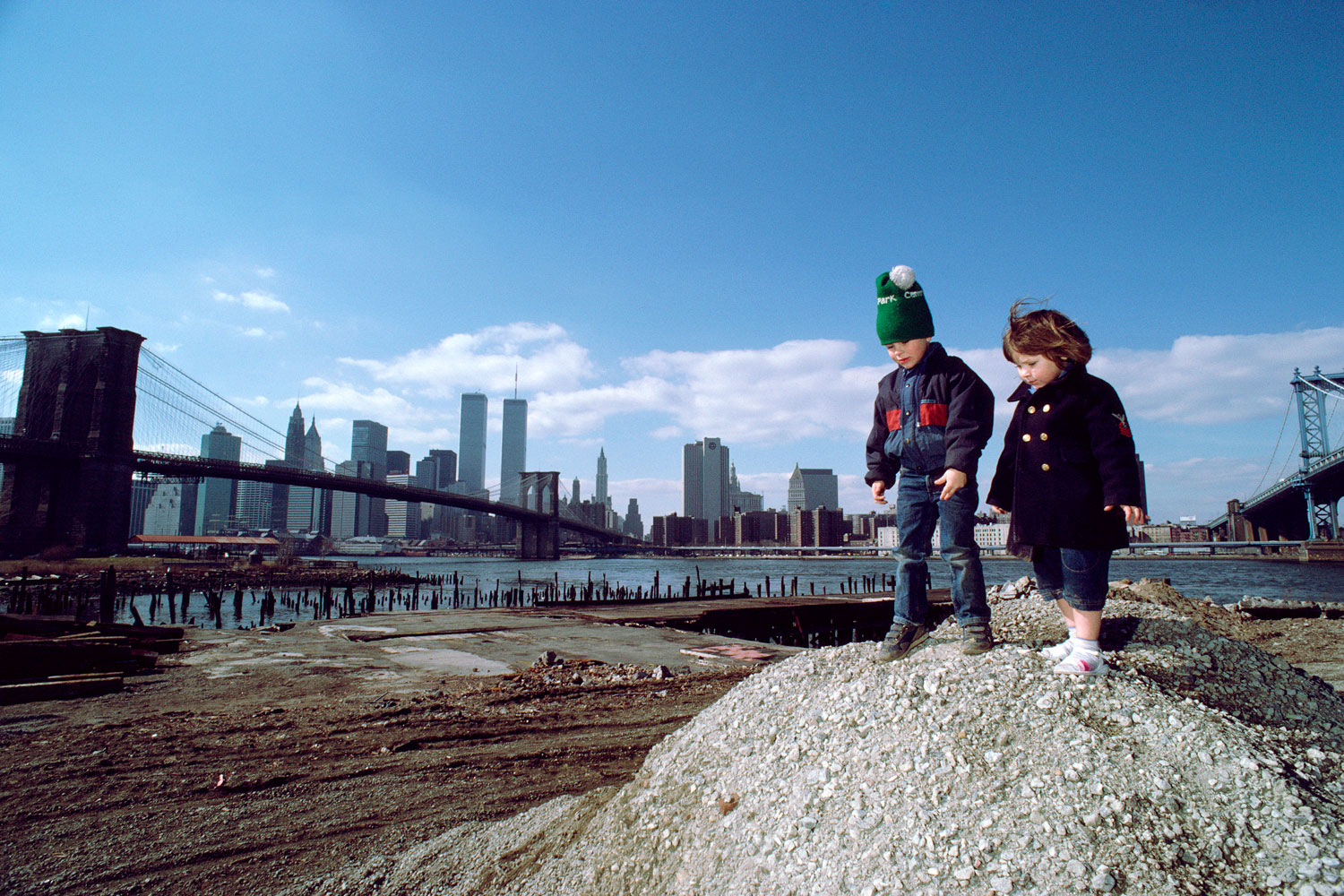

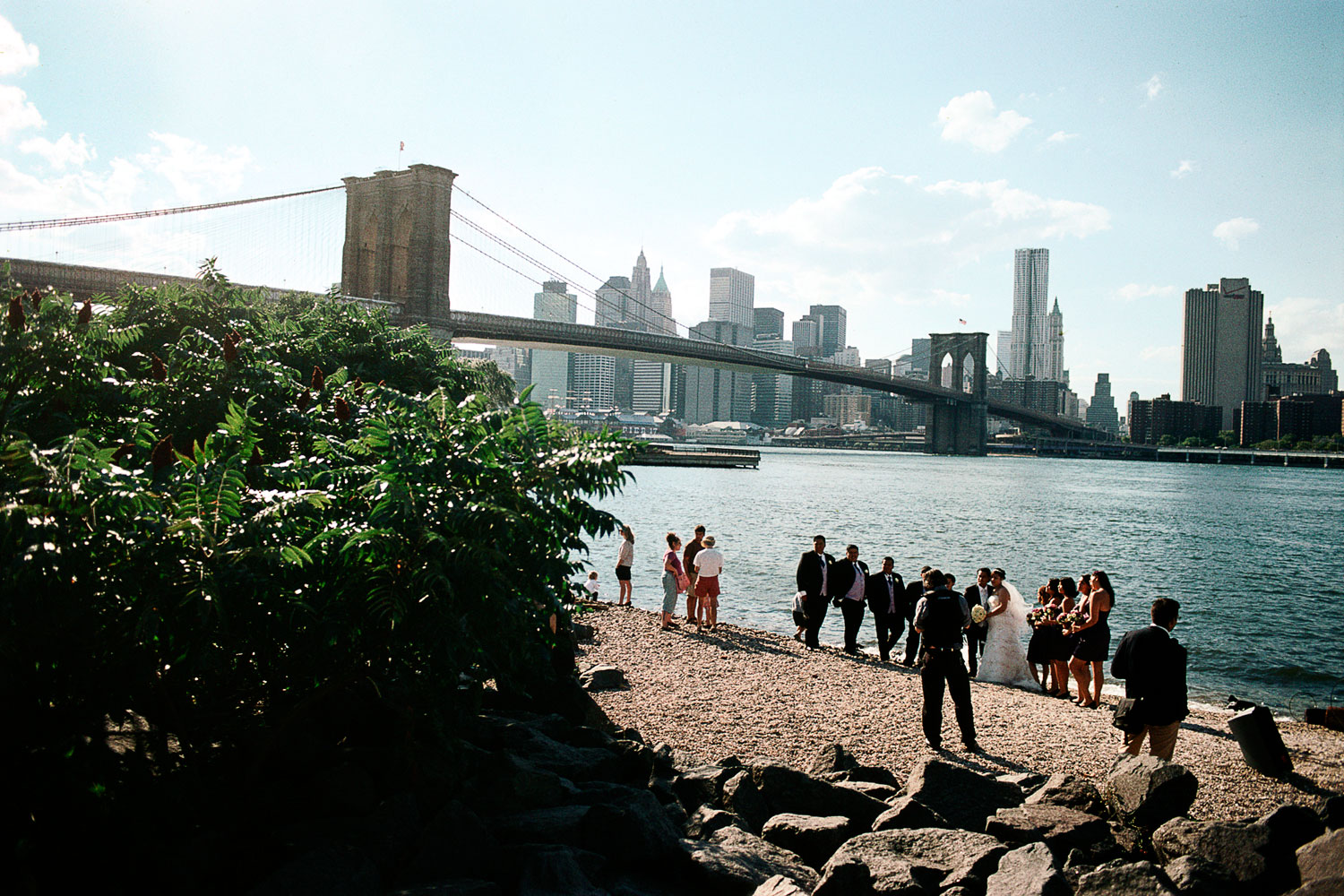
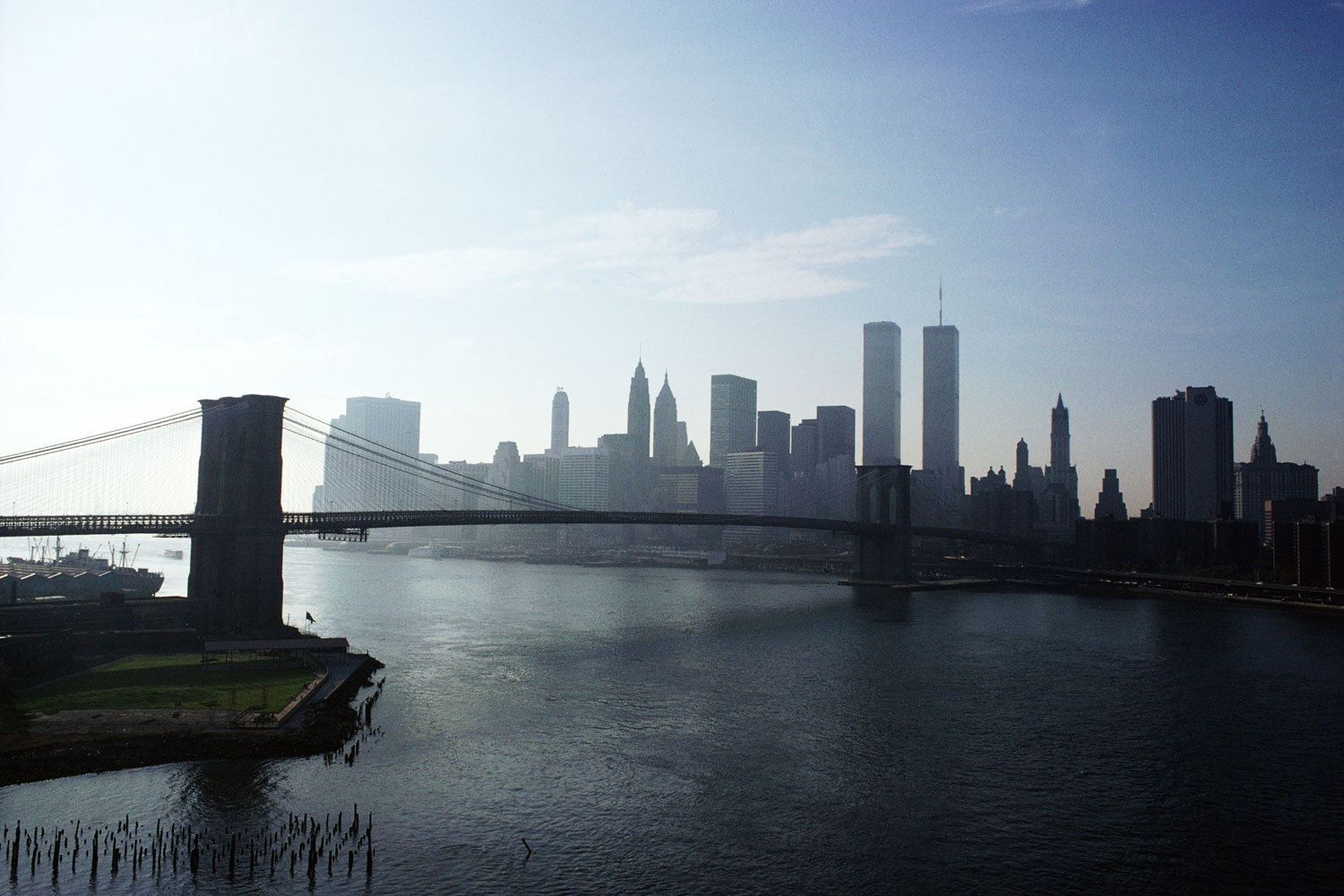
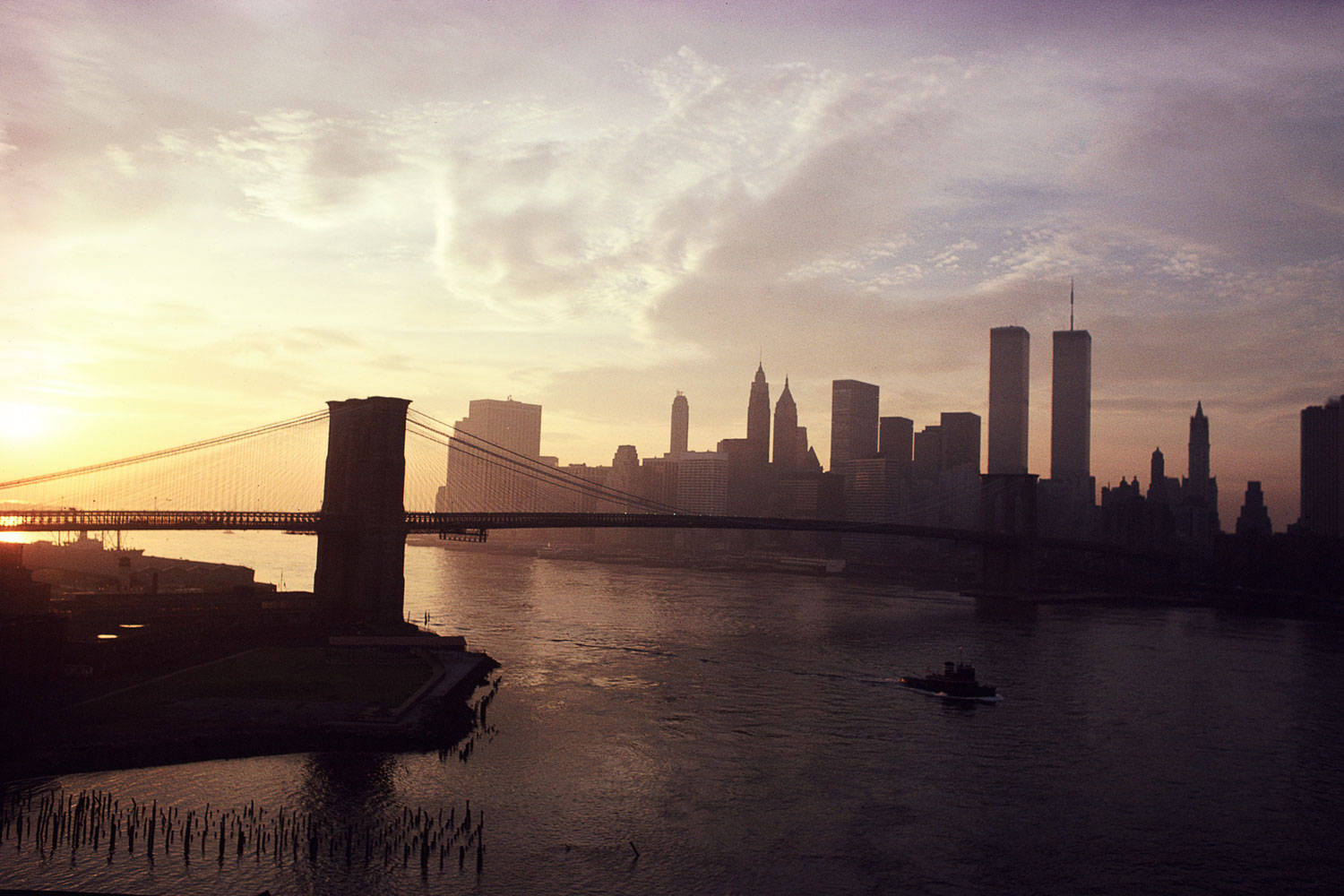
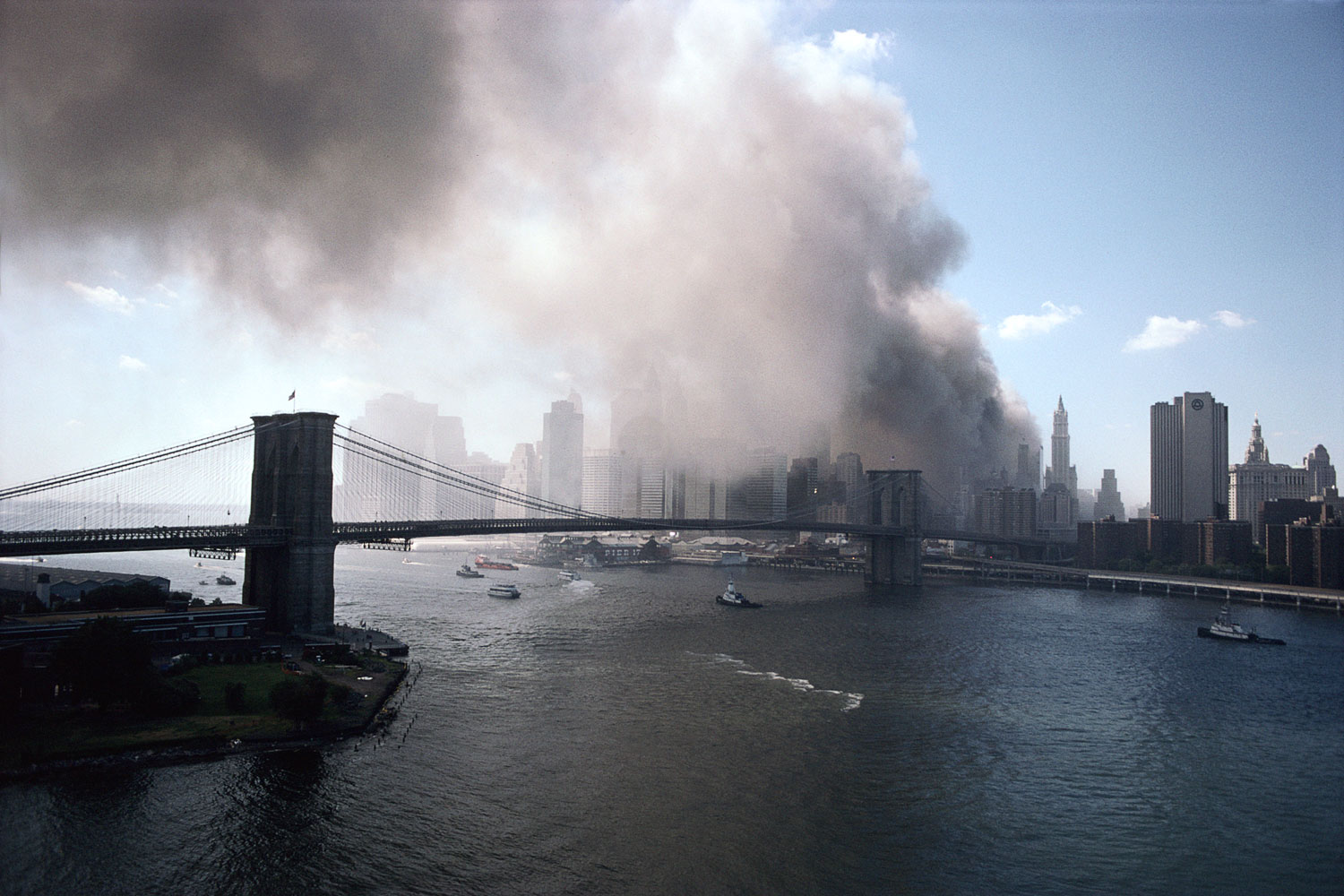
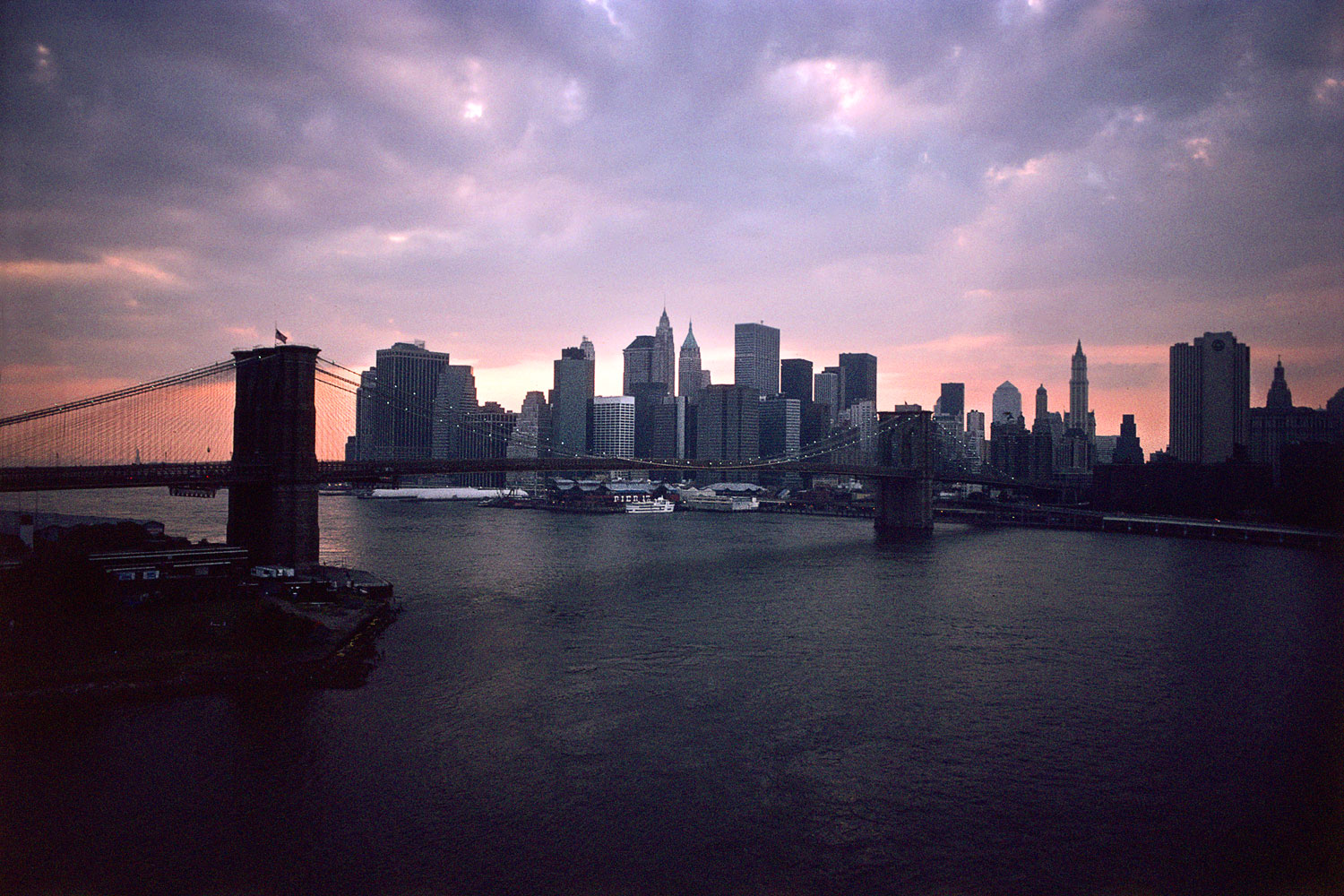

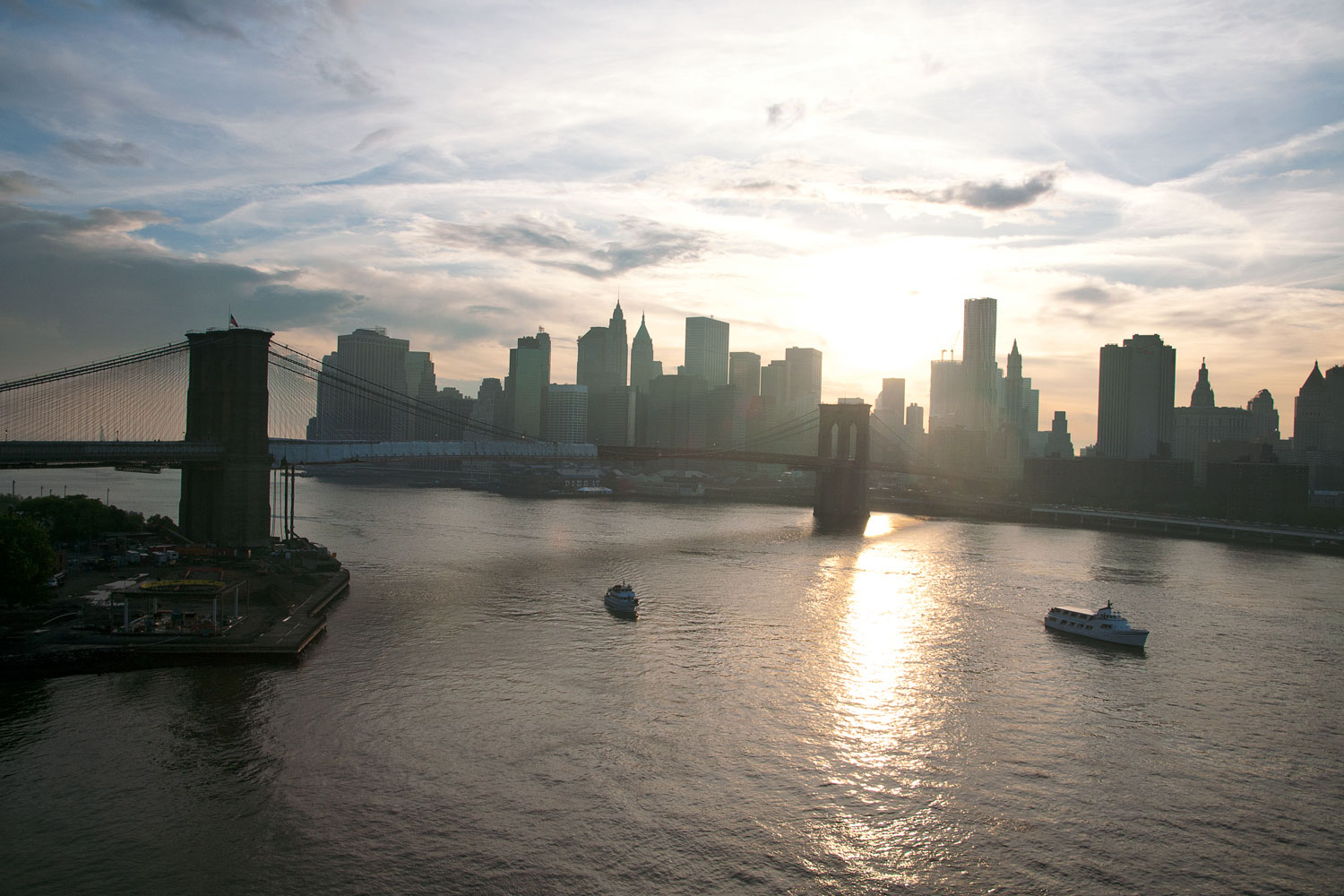
More Must-Reads from TIME
- Cybersecurity Experts Are Sounding the Alarm on DOGE
- Meet the 2025 Women of the Year
- The Harsh Truth About Disability Inclusion
- Why Do More Young Adults Have Cancer?
- Colman Domingo Leads With Radical Love
- How to Get Better at Doing Things Alone
- Michelle Zauner Stares Down the Darkness
Contact us at letters@time.com